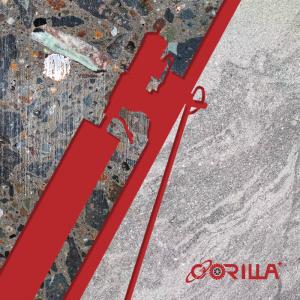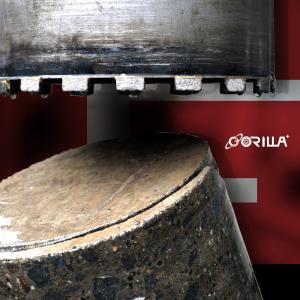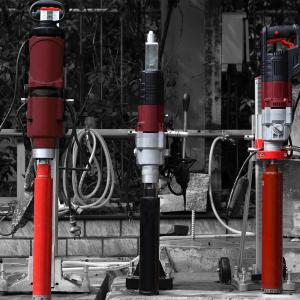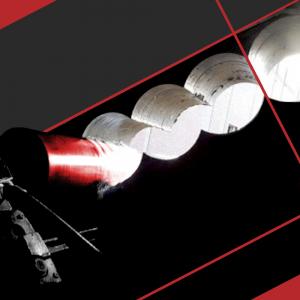How to Choose the Right Core Drill Speed: Reinforced Concrete vs. Granite
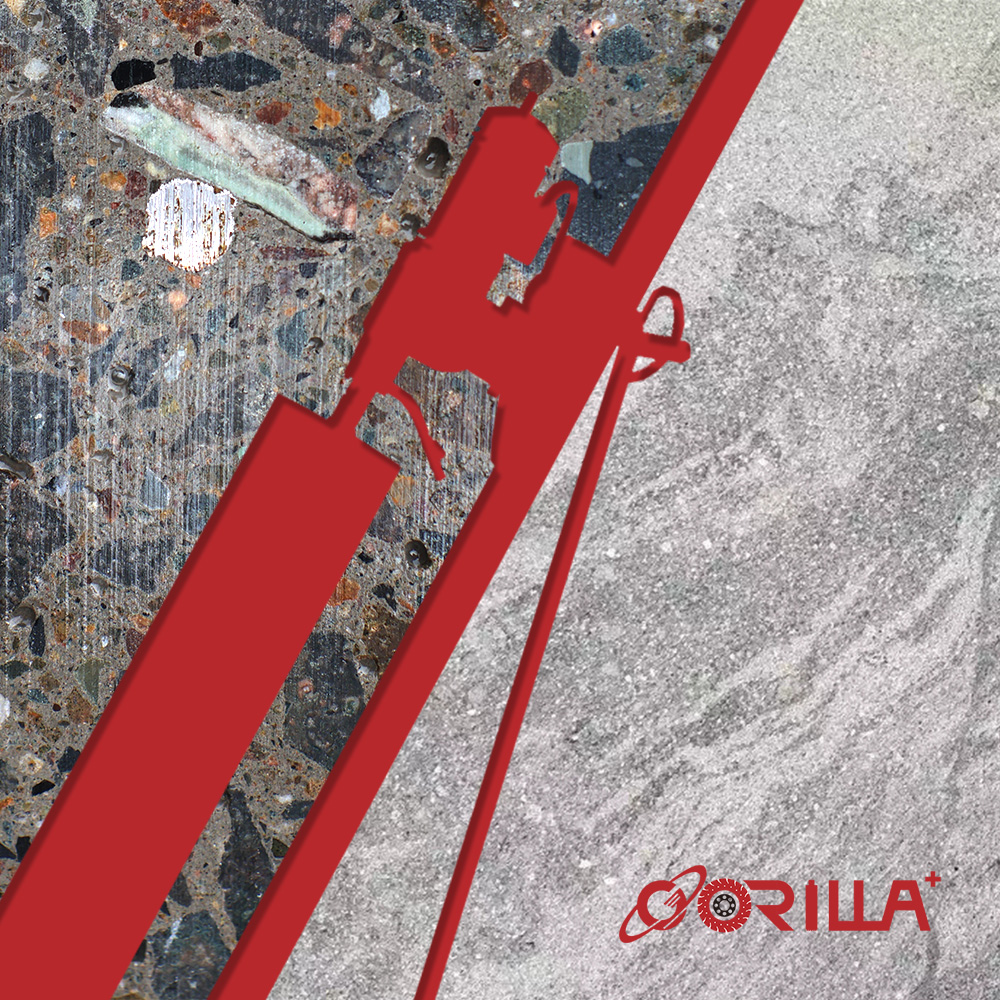 When using a core drill, selecting the appropriate speed is crucial. Different materials require different drilling speeds, especially common construction materials like reinforced concrete and granite. Understanding the cutting characteristics of each material will not only improve work efficiency but also extend the lifespan of the equipment and drill bits. This article explores how to adjust the core drill speed when cutting reinforced concrete versus granite.
When using a core drill, selecting the appropriate speed is crucial. Different materials require different drilling speeds, especially common construction materials like reinforced concrete and granite. Understanding the cutting characteristics of each material will not only improve work efficiency but also extend the lifespan of the equipment and drill bits. This article explores how to adjust the core drill speed when cutting reinforced concrete versus granite.
Speed for Cutting Reinforced Concrete: Focus on Stability
Reinforced concrete is a composite material made of relatively hard concrete and tougher steel rebar, which creates a unique challenge for drill bits. When cutting this material, a lower speed is typically required.
- Low speed provides stability: When cutting reinforced concrete, core drills typically operate at speeds between 300-900 revolutions per minute (RPM). Lower speeds help prevent the drill bit from overheating or breaking when it encounters the steel rebar, reducing the vibrations and wear caused by friction.
- Prevent excessive bit wear: Since steel rebar is much harder than concrete, higher speeds can quickly wear out the drill bit, or even cause it to break. Lower speeds allow the bit to smoothly pass through both the concrete and steel junctions, ensuring long-lasting and efficient performance.
- Cooling system is essential: Cutting reinforced concrete generates significant heat, making a cooling system crucial. By combining lower speeds with a water-cooling system, the life of the drill bit is extended, and equipment damage is prevented.
Speed for Cutting Granite: Maximizing Efficiency
Granite is a hard and uniform natural stone, which offers more resistance during drilling. Therefore, a higher speed is necessary to boost cutting efficiency.
- High speed increases cutting efficiency: When cutting granite, core drills usually run at speeds between 1000-2000 RPM. Higher speeds allow the bit to cut through the hard granite faster, reducing the amount of frictional heat generated in one spot.
- Uniform hardness, easier control: Unlike reinforced concrete, granite has a consistent hardness throughout, so the drill bit won't suddenly encounter different materials. High speeds help maintain a steady cutting action, and allow stone debris to be quickly expelled, minimizing the risk of the drill jamming or getting stuck.
- Cooling is still important: Even though high speeds produce more heat, a water-cooling system can effectively manage the temperature during cutting, keeping the drill bit sharp and durable.
How to Choose the Right Speed
When selecting the speed for your core drill, consider the material’s hardness and composition. For reinforced concrete, low-speed operation ensures stability and reduces wear on the bit. For granite, high-speed drilling enhances efficiency, though proper cooling is still necessary.
Summary:
- Reinforced concrete: Speed between 300-900 RPM, suitable for slower cutting to prevent wear and overheating.
- Granite: Speed between 1000-2000 RPM, suitable for fast cutting of hard, uniform materials.
Mastering the relationship between core drill speed and the material being cut not only improves productivity but also extends the lifespan of your drill bits and equipment. Proper speed adjustment and cooling system use are essential for safe and efficient operations.
Our machines have accumulated thousands of real-world cases and testing experiments across various working conditions and materials. Each industrial drill we offer is equipped with a three-speed gear system, designed to flexibly and scientifically help users adapt to all kinds of complex working environments. Based on this foundation, we continue to develop and refine our technology. We welcome you to join us—whether as a user or a colleague!
